Archives
- 2025-11
- 2025-10
- 2025-09
- 2025-03
- 2025-02
- 2025-01
- 2024-12
- 2024-11
- 2024-10
- 2024-09
- 2024-08
- 2024-07
- 2024-06
- 2024-05
- 2024-04
- 2024-03
- 2024-02
- 2024-01
- 2023-12
- 2023-11
- 2023-10
- 2023-09
- 2023-08
- 2023-07
- 2023-06
- 2023-05
- 2023-04
- 2023-03
- 2023-02
- 2023-01
- 2022-12
- 2022-11
- 2022-10
- 2022-09
- 2022-08
- 2022-07
- 2022-06
- 2022-05
- 2022-04
- 2022-03
- 2022-02
- 2022-01
- 2021-12
- 2021-11
- 2021-10
- 2021-09
- 2021-08
- 2021-07
- 2021-06
- 2021-05
- 2021-04
- 2021-03
- 2021-02
- 2021-01
- 2020-12
- 2020-11
- 2020-10
- 2020-09
- 2020-08
- 2020-07
- 2020-06
- 2020-05
- 2020-04
- 2020-03
- 2020-02
- 2020-01
- 2019-12
- 2019-11
- 2019-10
- 2019-09
- 2019-08
- 2019-07
- 2019-06
- 2019-05
- 2019-04
- 2018-07
-
CFSs are recognized as a driver of genome instability in
2021-03-15
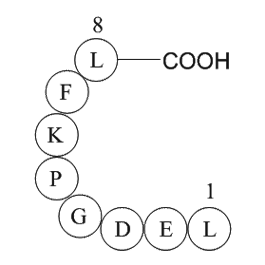
CFSs are recognized as a driver of genome instability in human cells and are hotspots for deletions or translocations in cancers (Richards, 2001). The generally accepted model for their expression is that the CFS locus shows a delay in chromatin condensation in early mitosis caused by the persistenc
-
The detection of galactomannan GM a
2021-03-15

The detection of galactomannan (GM), a polysaccharide that is released during Aspergillus growth, is a useful and reliable non-invasive diagnostic test for screening and management of aspergillosis and is often more sensitive than culture (Schelenz et al., 2015, Fisher et al., 2013). The level of ga
-
In our ongoing investigation of the structure
2021-03-13

In our ongoing investigation of the structure activity relationship of benzenesulfonamide anti-inflammatory activity, we designed and synthesized a novel set of benzenesulfonamide derivatives starting from commercially available sodium saccharin. The pivotal features of our approach aimed to do some
-
br Acknowledgments br Introduction Cell cycle arrest
2021-03-13
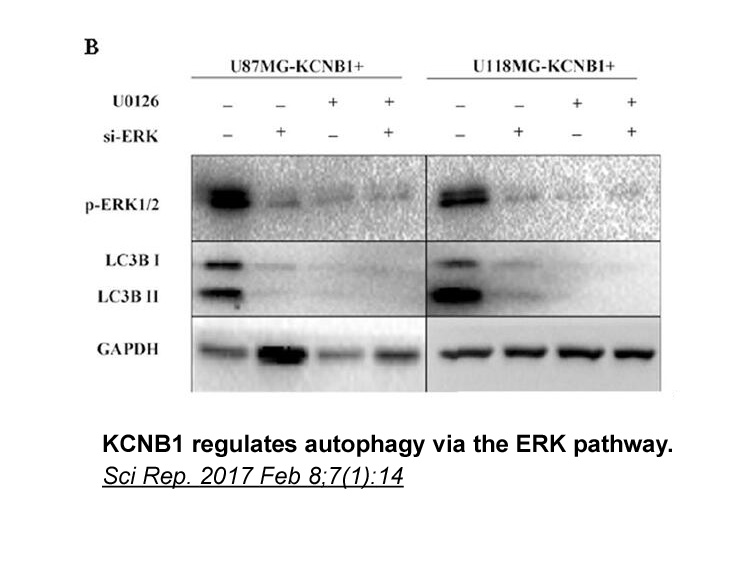
Acknowledgments Introduction Cell cycle arrest or delay may occur at 3 major checkpoints, i.e. G1/S, intra-S and G2/M. p53 has a central role in controlling the G1/S checkpoint, and its loss or deactivation, occurring in the majority of cancers, forces cancer cells to rely on the S and G2/M ch
-
Imatinib STI is a first line tyrosine
2021-03-13
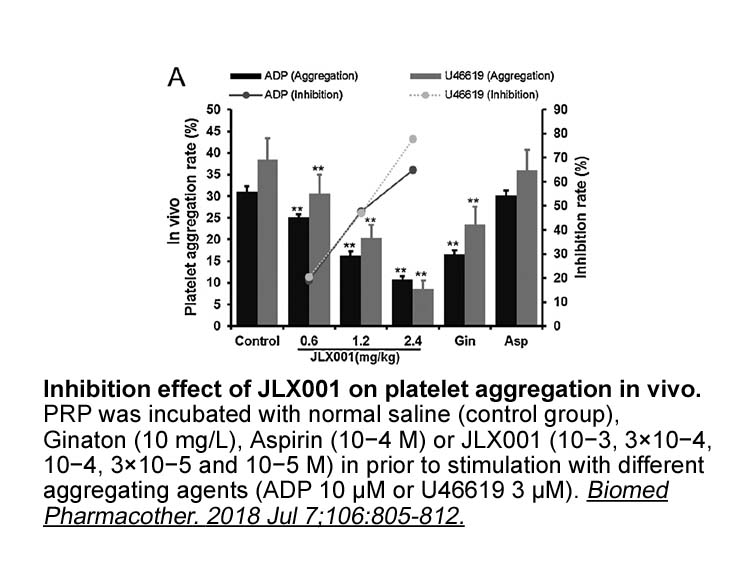
Imatinib (STI-571) is a first-line tyrosine kinase inhibitor (TKI) targeted at breakpoint cluster region-Abelson kinase (ABL) for the treatment of chronic myeloid leukemia (CML) [26]. As a type II inhibitor, imatinib achieves significant selectivity by binding to an inactive DFG-out conformation (DF
-
SB408124 High concentrations of kC may also arise from dieta
2021-03-13

High concentrations of 7kC may also arise from dietary intake of processed cholesterol-rich food, likely favoring or worsening inflammatory bowel disease (IBD) [5,13]. Furthermore, IBD has been associated with a dysregulation of colonic 11β-HSD expression, exhibiting increased 11β-HSD1 and decreased
-
Each of these substrate receptors belongs to a multigene
2021-03-13
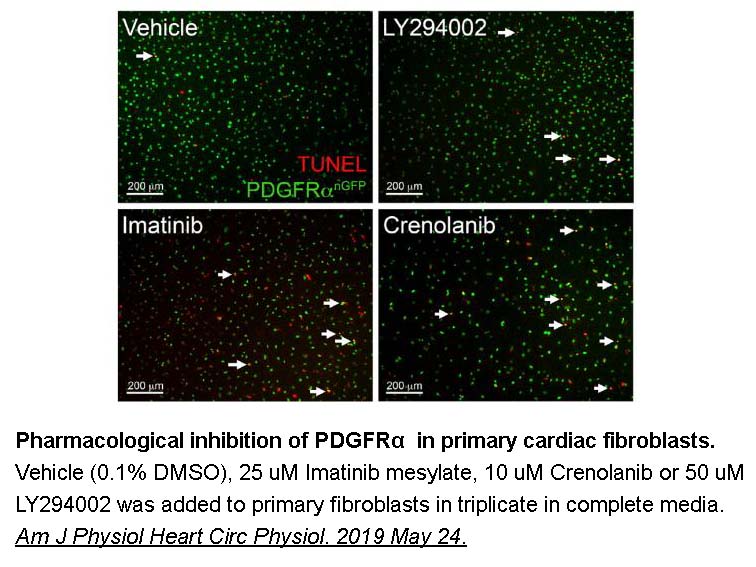
Each of these substrate receptors belongs to a multigene family with tens, if not hundreds of members in plants, and with in part overlapping and in part differential substrate specificities [4]. The complexity of the system is nicely illustrated by the F-box protein and auxin receptor TRANSPORT INH
-
br Acknowledgments br Introduction Ubiquitin ligases limit t
2021-03-13
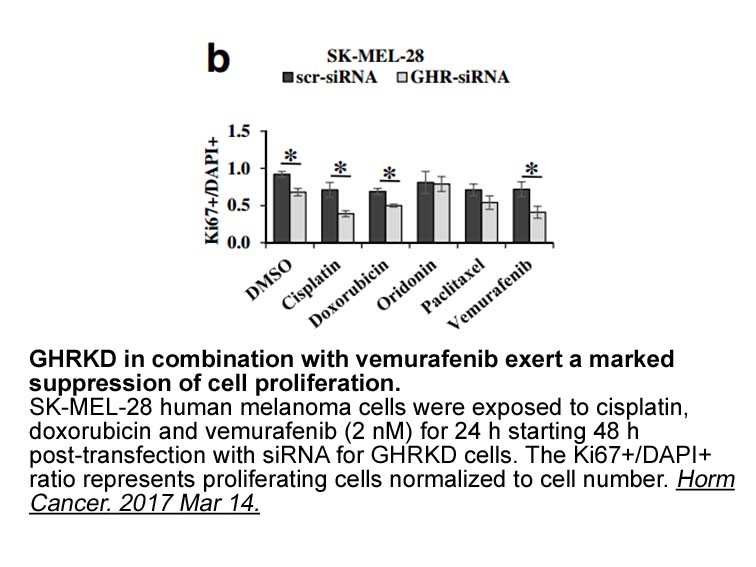
Acknowledgments Introduction Ubiquitin ligases limit the stability and activity of substrates by targeting them for proteasomal-dependent degradation. Siah is a two-member family of ubiquitin ligases implicated in control of key cellular processes. Among those, Siah ligases control prolyl hydr
-
Here we describe preparation of
2021-03-13
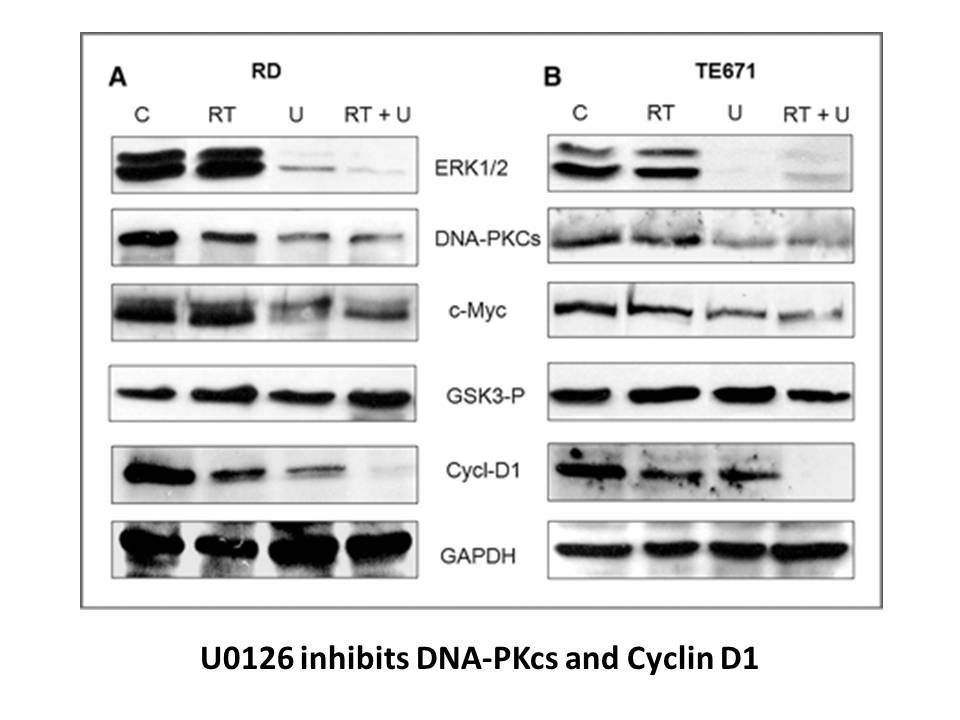
Here, we describe preparation of three stable conjugates that are linked by either oxyester, disulfide, or isopeptide bonds (Fig. 10.1). Each of these conjugates depends upon the prior purification of E2 and ubiquitin proteins that have been engineered to favor specific linkages. For the oxyester- a
-
A second advance came with
2021-03-13
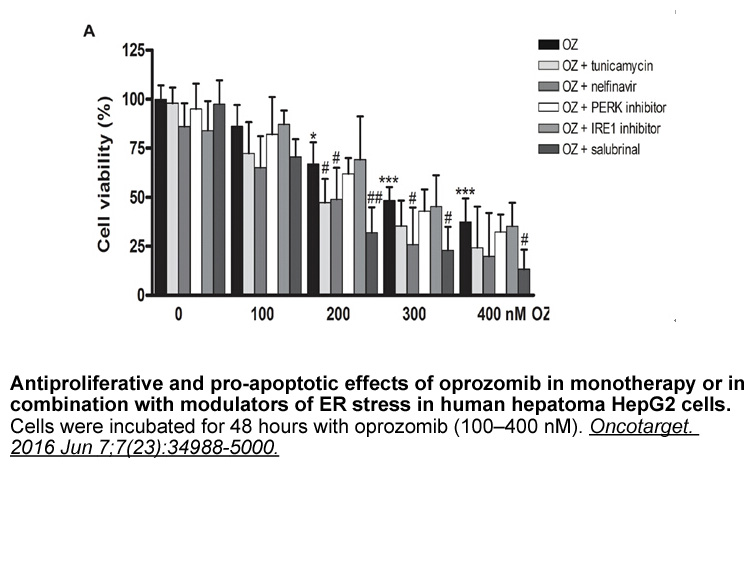
A second advance came with the discovery that conformationally-flexible benzamide analogs having an N-phenylpiperazine moiety possessed good affinity and modest selectivity for D3 versus D2 receptors [3,[14], [15], [16]]. This observation spawned a significant effort by medicinal chemists to develop
-
br Introduction Vitis vinifera L is one of the
2021-03-13
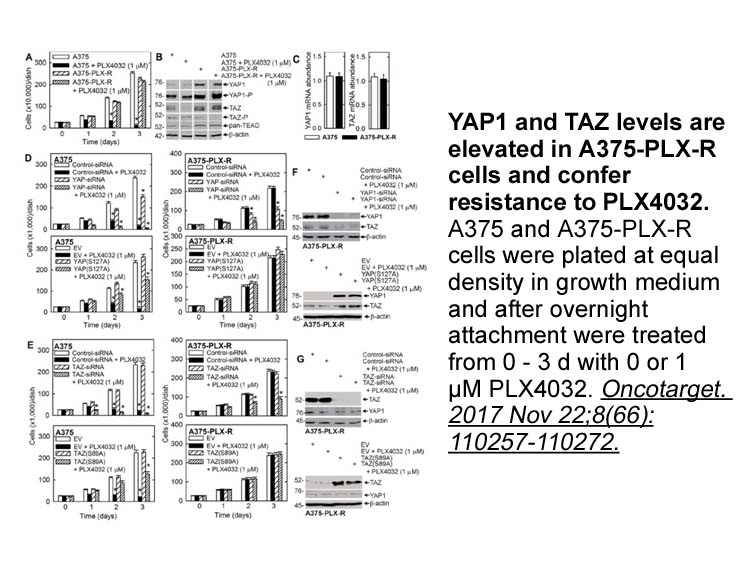
Introduction Vitis vinifera L. is one of the most worldwide-grown fruit crop and is mostly used in the wine industry (Bouquet, 2011). Domestication and history changed dramatically the biology of this species and today there are thousands of V. vinifera varieties, being many of them closely relat
-
RDH belongs to C family of the short
2021-03-13
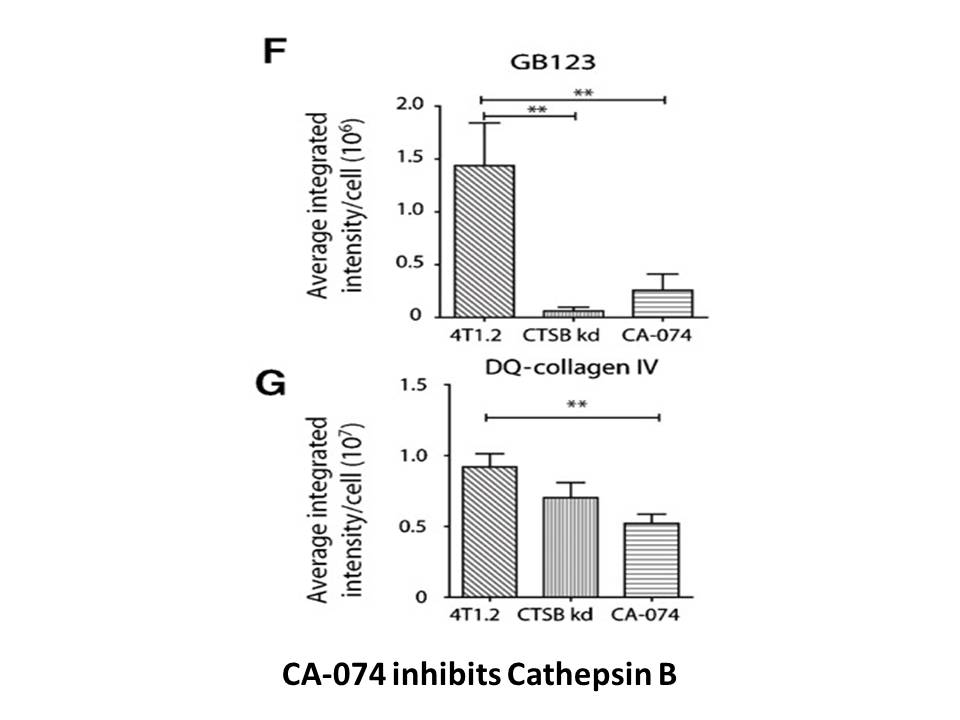
RDH10 belongs to 16C family of the short-chain dehydrogenase/reductase (SDRs) superfamily of proteins [12], [13]. Notably, in human genome adjacent to the gene encoding RDH10 on chromosome 8 are located two other genes encoding members of the SDR16C family: retinol dehydrogenase epidermal 2 (RDHE2,
-
marizomib In this study we have
2021-03-13
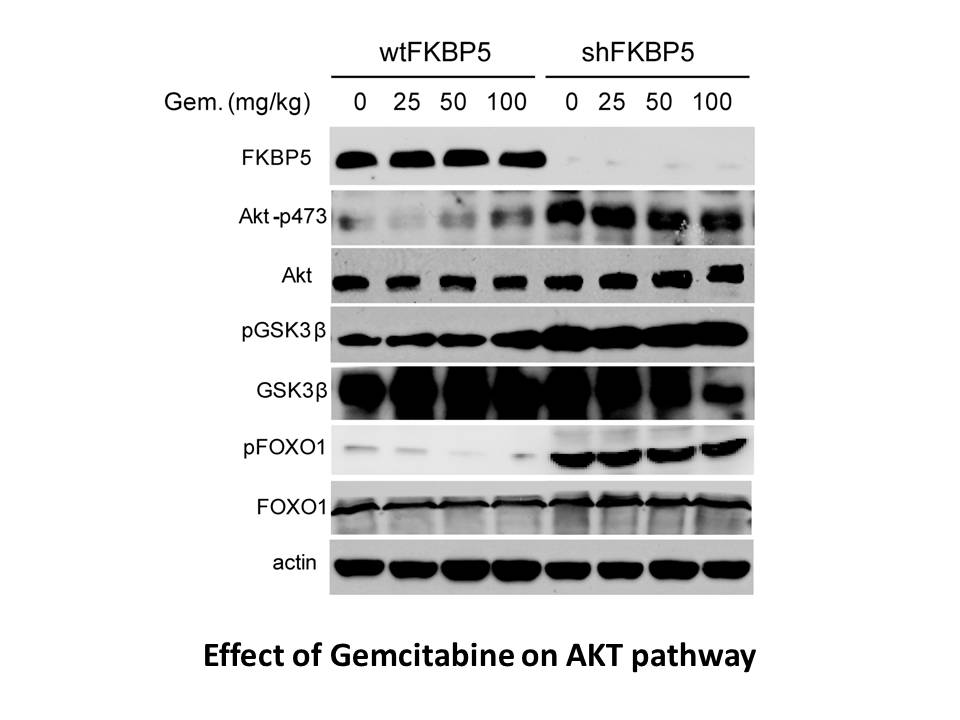
In this study we have developed and investigated three NADPH-regenerating fusion partners with two different enzyme systems: a BVMO and an ADH. With the exception of one fusion construct (StGDH with LbADH), all fusion marizomib resulted in good soluble expression as well as fully functional as self
-
In these studies the inflammatory cytokine IL
2021-03-13
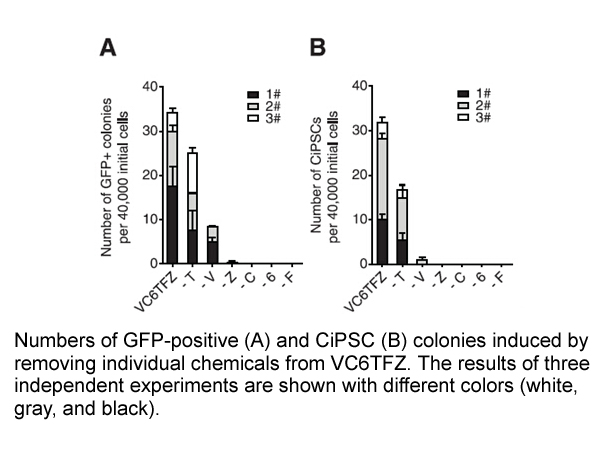
In these studies, the inflammatory cytokine IL-8 was demonstrated as one of the responsible molecules induced by CysLTs via activating CysLT2 receptors. IL-8 is synthesized in and released from mononuclear cells, macrophages, fibroblasts and airway epithelial cells, and it promotes inflammation as a
-
br CDKs as Direct Coactivators of Proinflammatory Transcript
2021-03-13
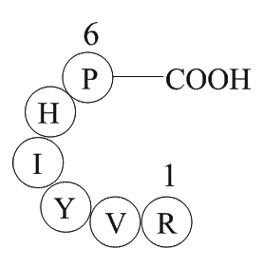
CDKs as Direct Coactivators of Proinflammatory Transcription Factors CDKs fuel inflammation by triggering the function of proinflammatory transcription factors such as NF-κB, STAT3, and AP-1. This is achieved at two levels because CDKs can affect gene expression by targeting global transcription
15872 records 701/1059 page Previous Next First page 上5页 701702703704705 下5页 Last page